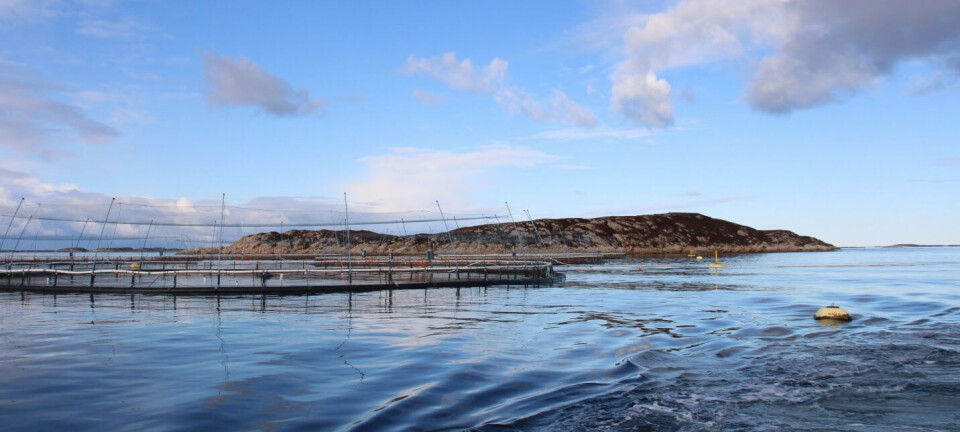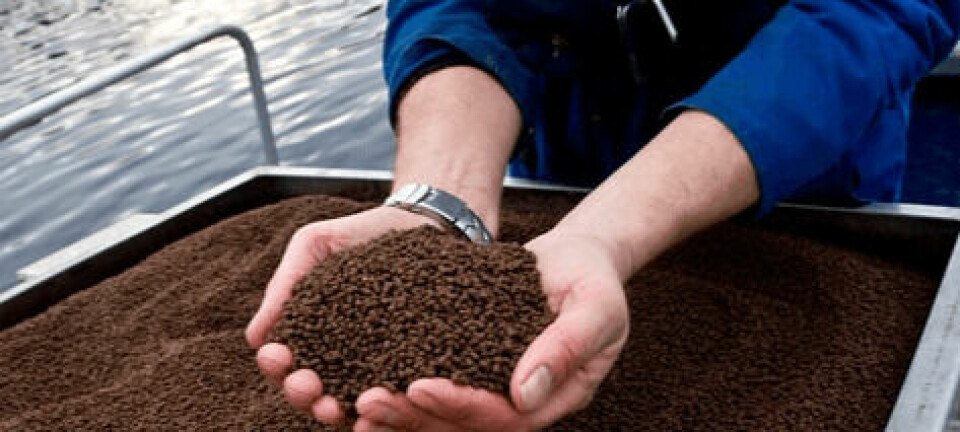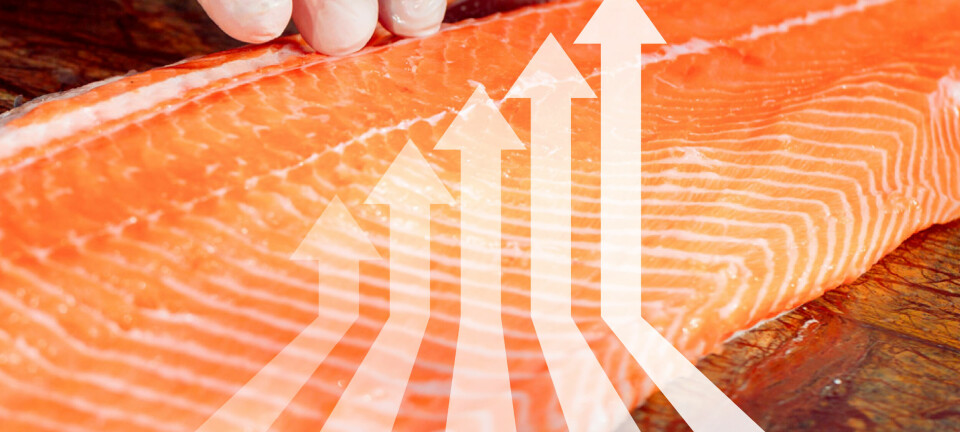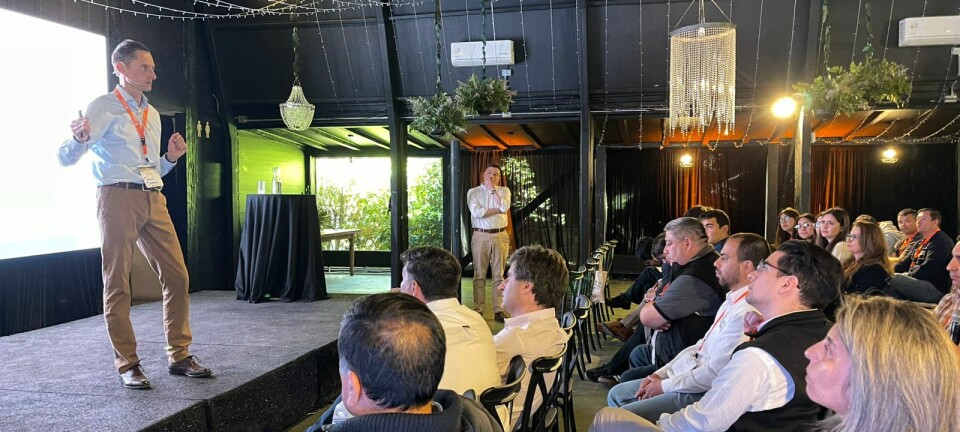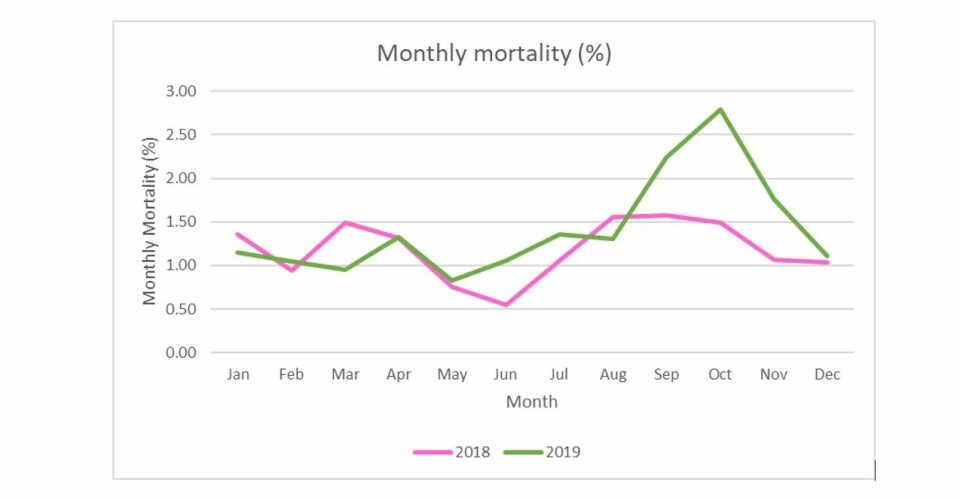
Scottish salmon had 98.6% monthly survival rate in 2019
Scotland’s salmon farming industry had an average monthly fish survival rate of 98.60% for 2019, figures published by the Scottish Salmon Producers’ Organisation (SSPO) today show.
The average is down slightly on the 2018 figure of 98.83%, owing to environmental challenges experienced by some farms in the second half of the year.
The SSPO said farmers worked hard to overcome environmental challenges from August onwards, including algal blooms and increased water temperatures. These directly and indirectly impacted on the health of some fish, with the largest reported cause of premature mortality among stocks resulting from gill health issues.
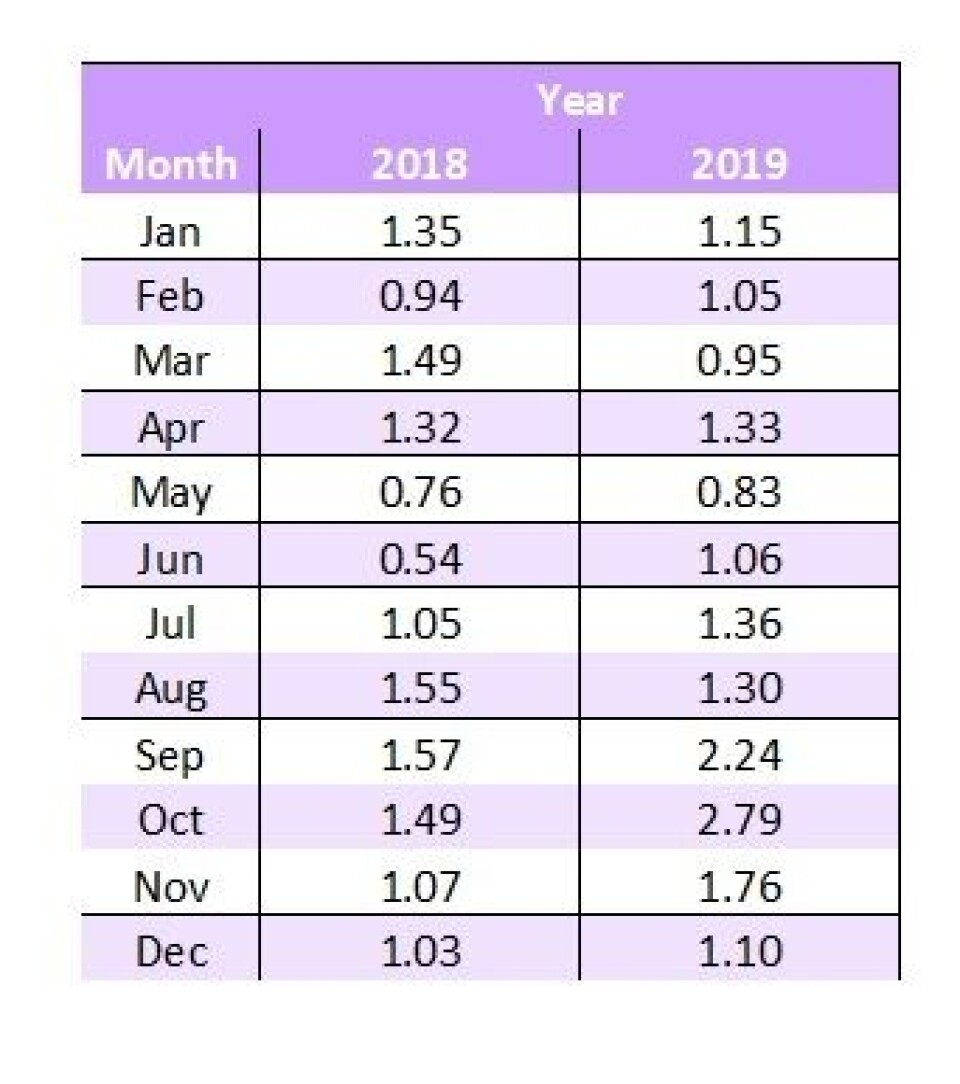
Focused research
SSPO strategic engagement director Hamish Macdonell said: “The Scottish salmon farming sector continues to invest and innovate in the management of such challenges. Fish health and welfare will always be our members’ top priority.
“There are a number of initiatives under way to increase the health management toolbox available to Scotland’s fish farmers.
“These are being complemented by focused research into understanding the impacts of recent environmental challenges, the Scottish 10-year Farmed Fish Health Framework and increased sector-wide information sharing.”
Gill health
Scotland will host the next Gill Health Initiative (GHI) meeting in April, with representatives from Chile, Norway, Faroes and Ireland expected to attend alongside their Scottish salmon farming counterparts.
Sea lice averages for 2019 were 0.54 adult female lice per salmon, up slightly from a seven-year low in 2018 of 0.46.
The SSPO said the sector is continuing to successfully pursue its ‘prevention over cure’ strategy with regards to sea lice, with medicinal spending falling as the increasing deployment of innovations such as cleaner fish and mechanical treatments like the Hydrolicer and Thermolicer.




















